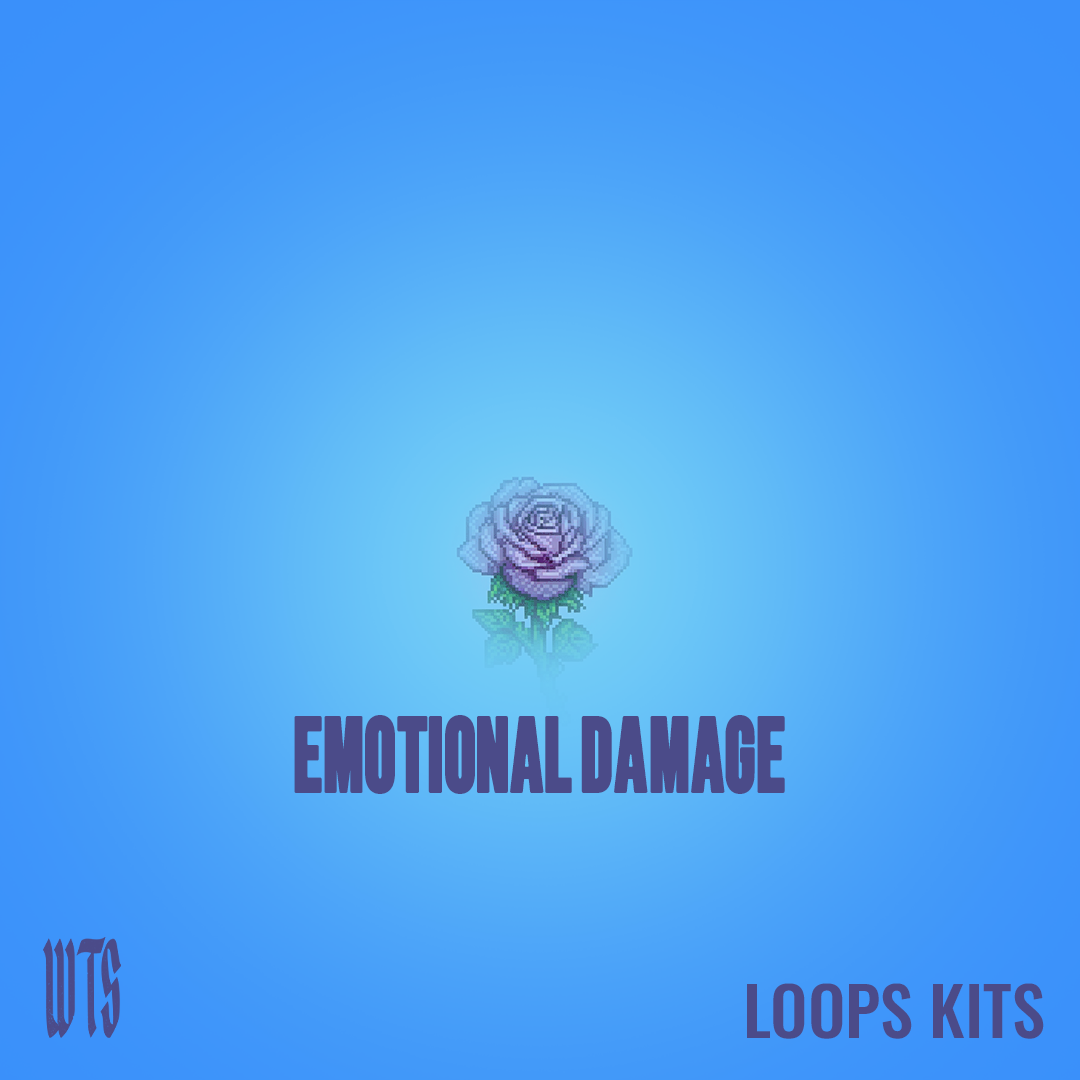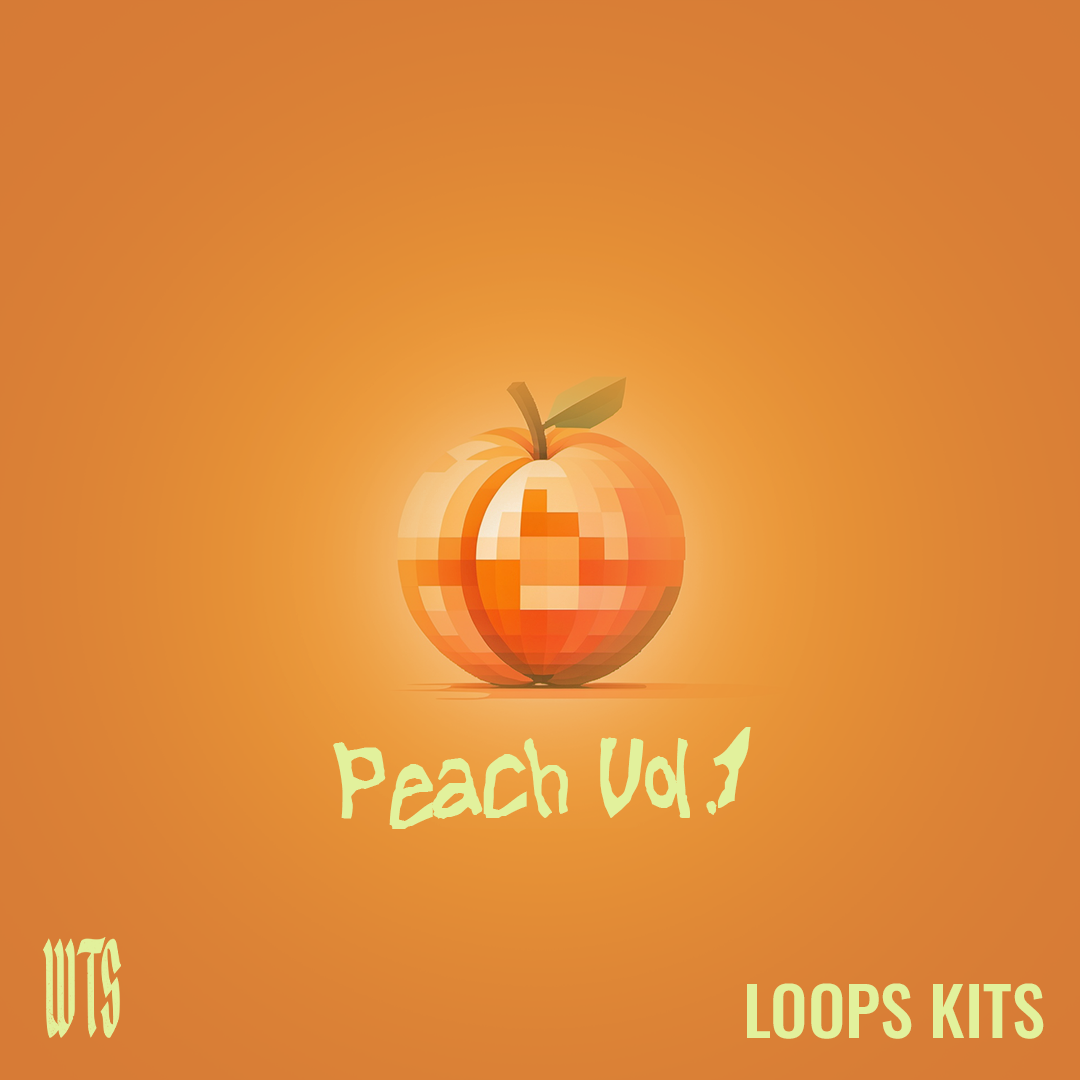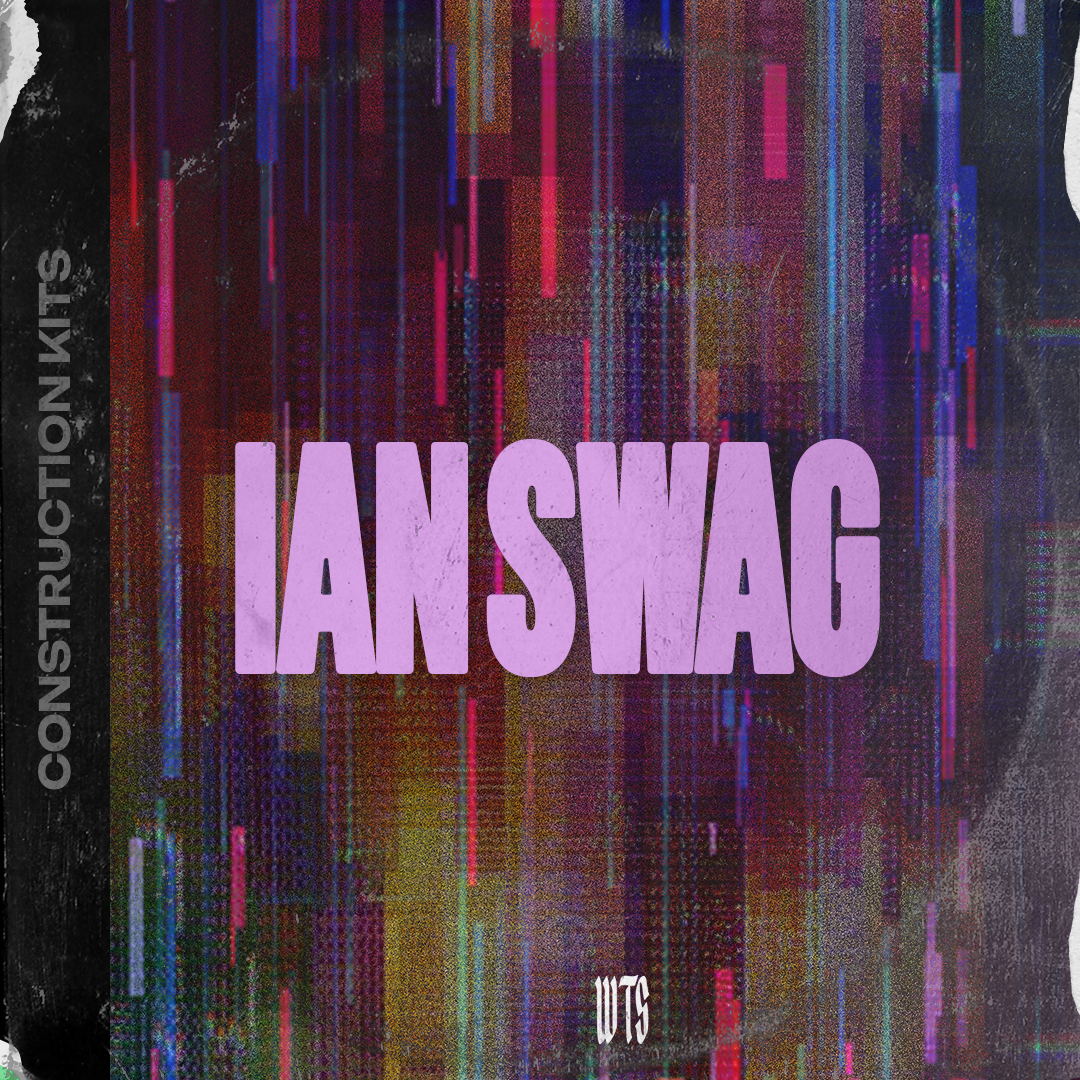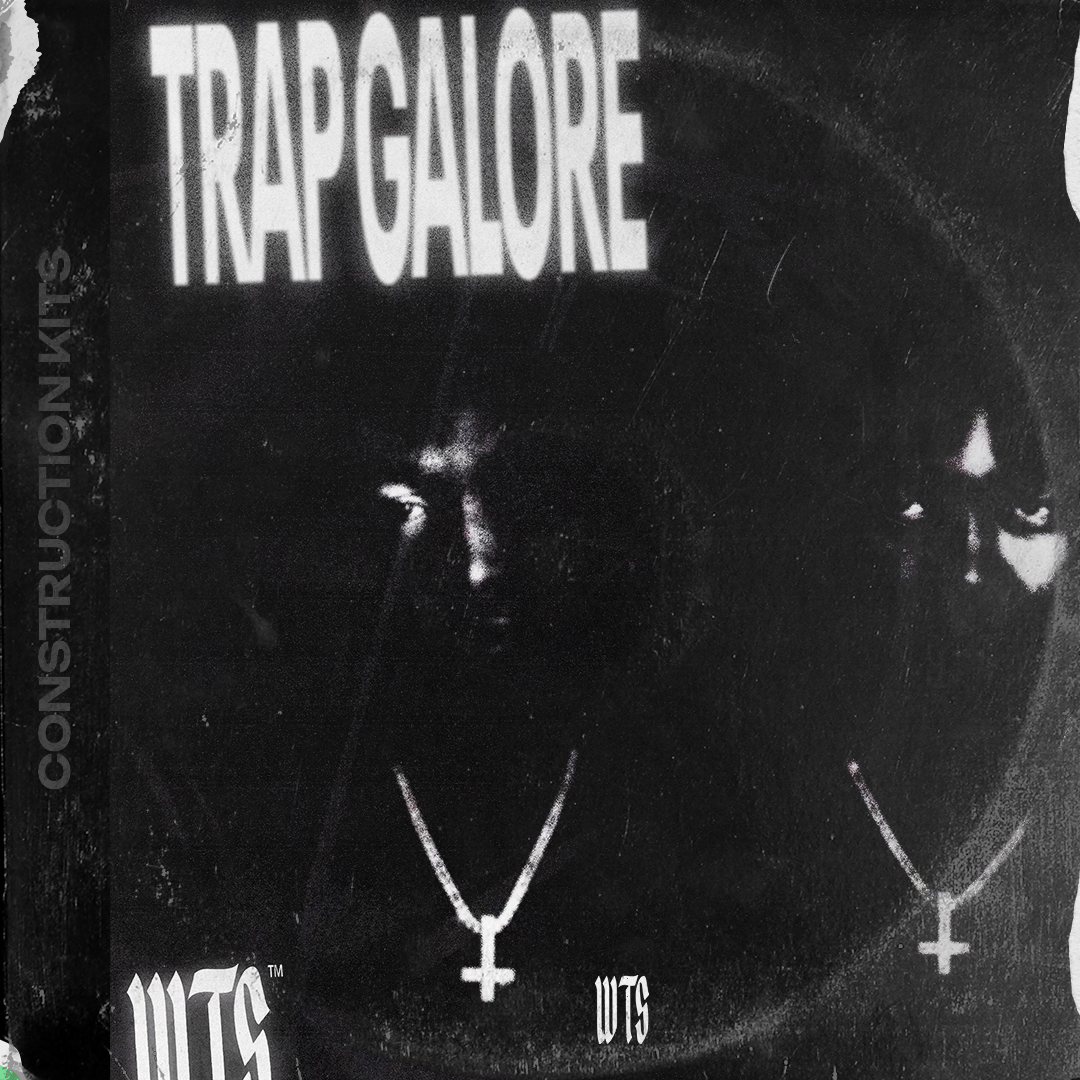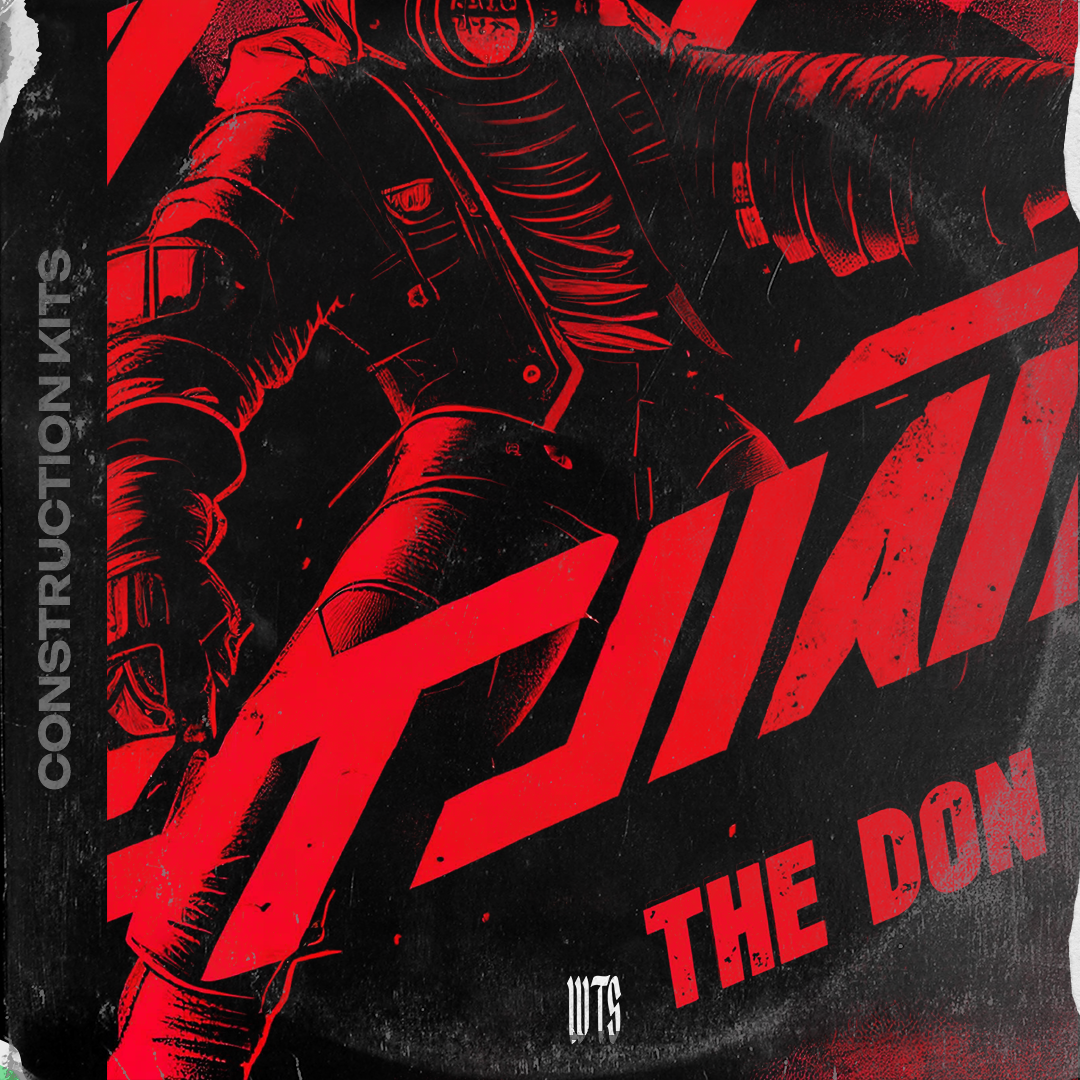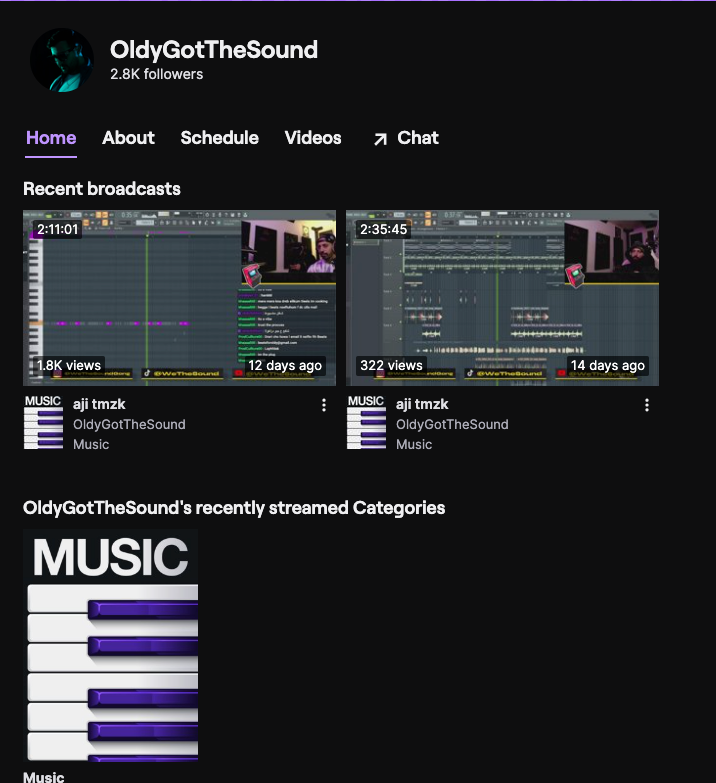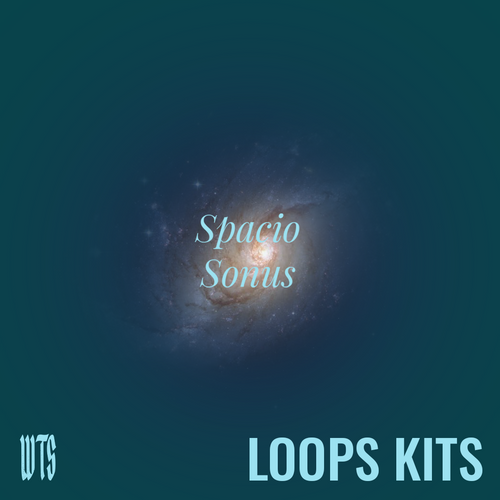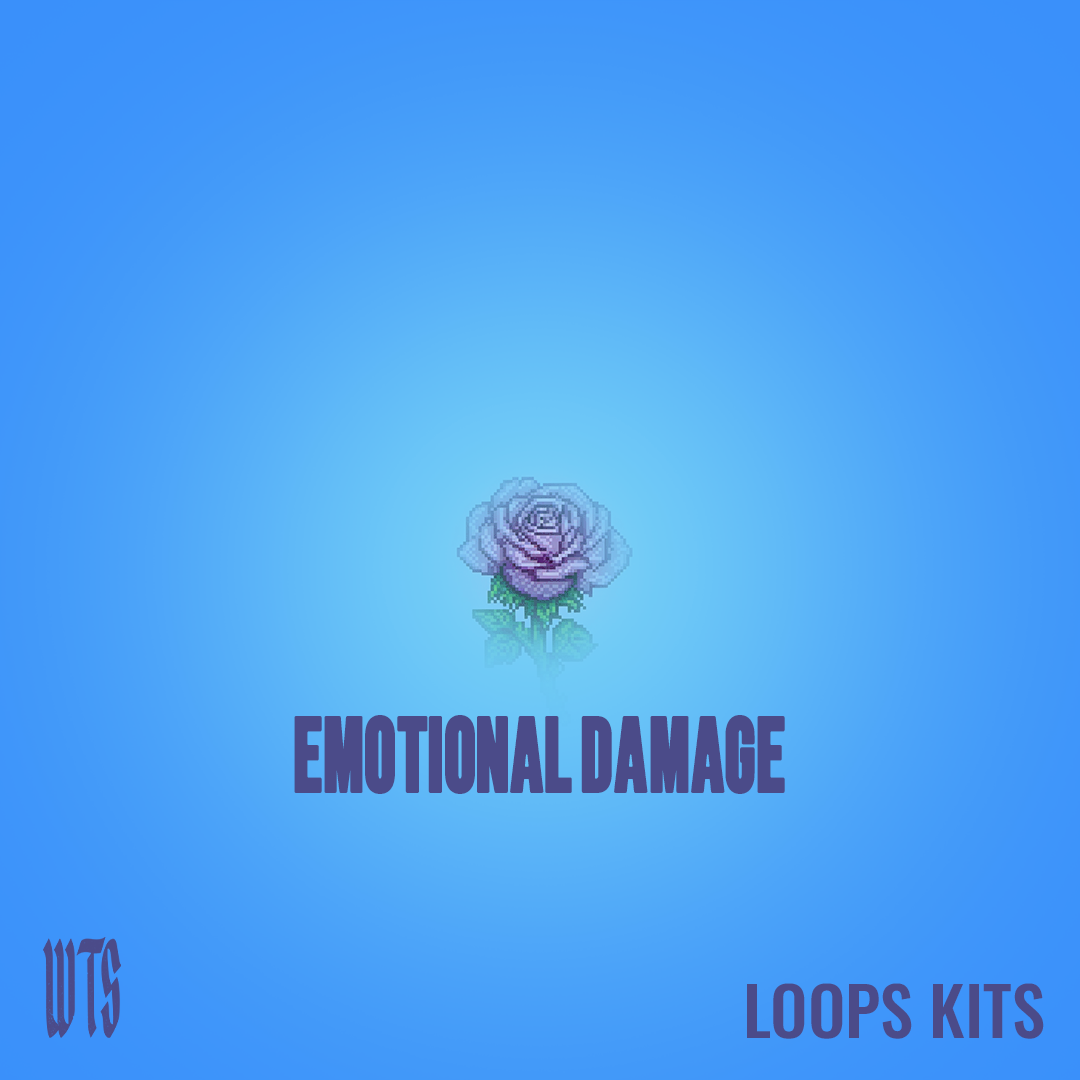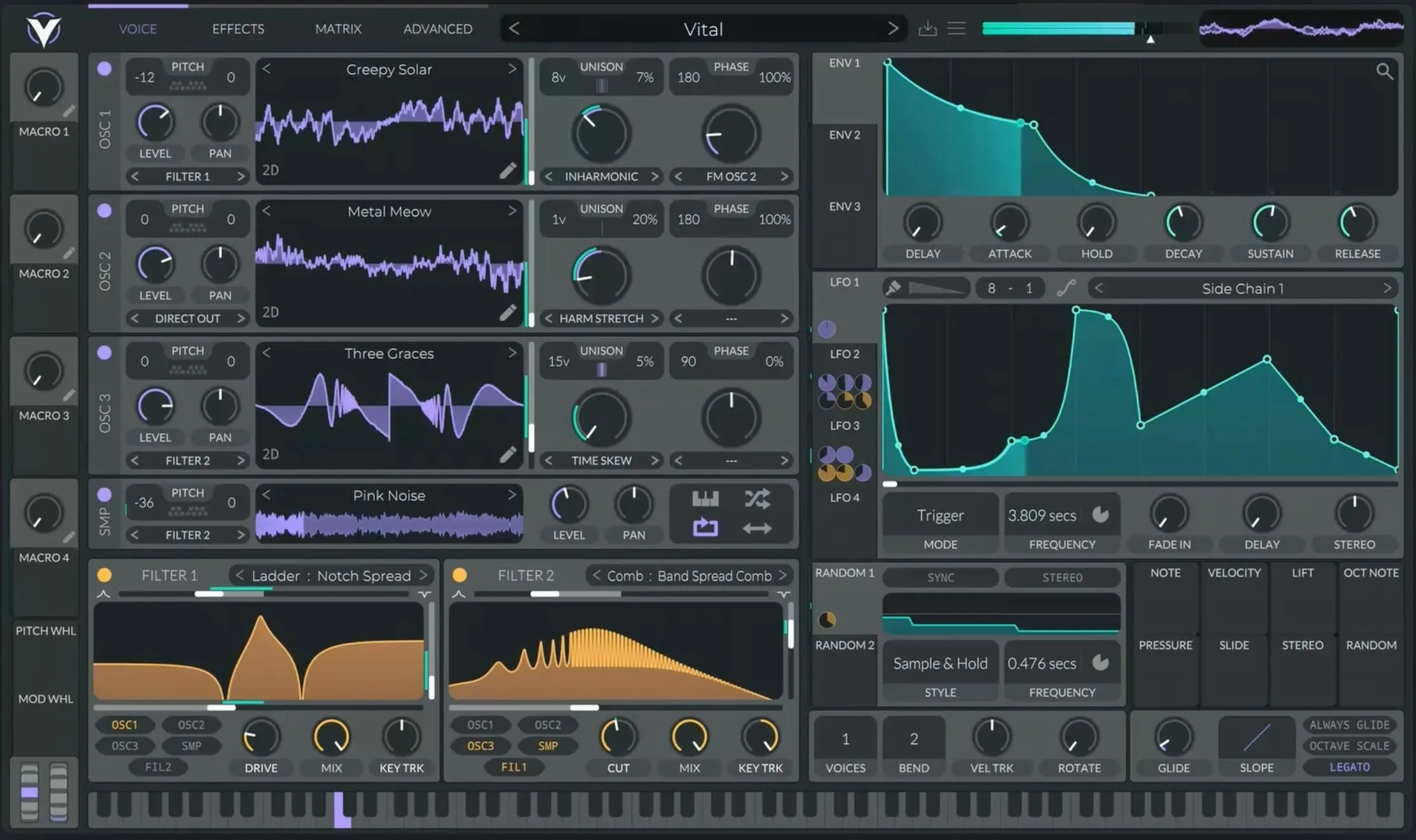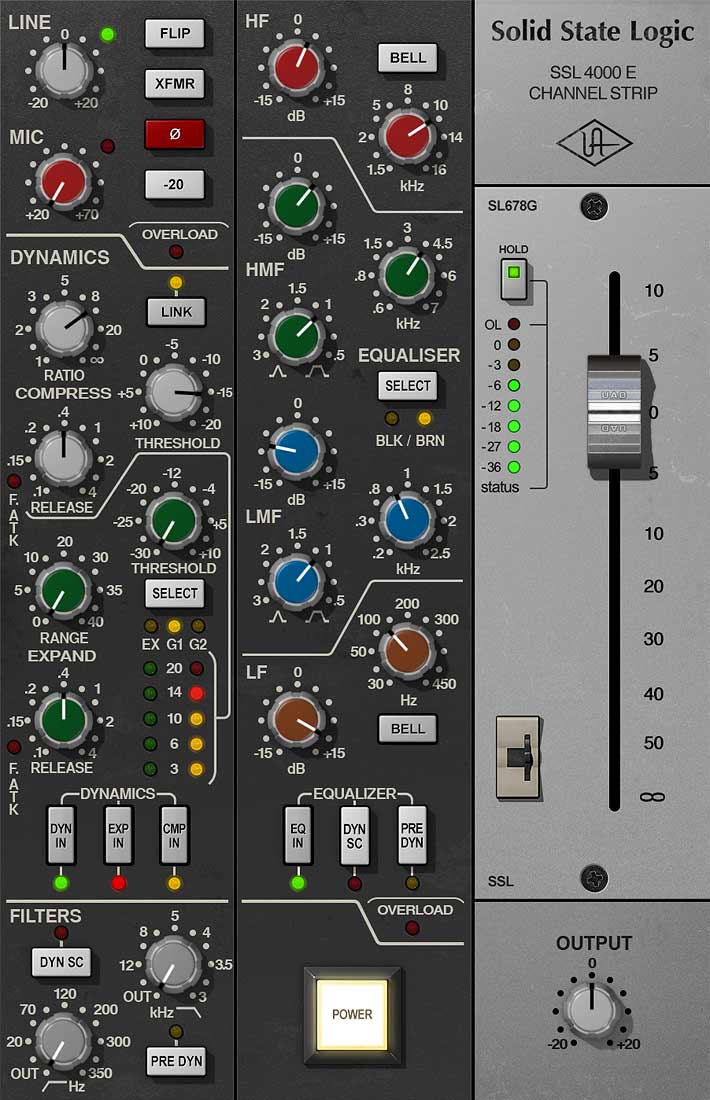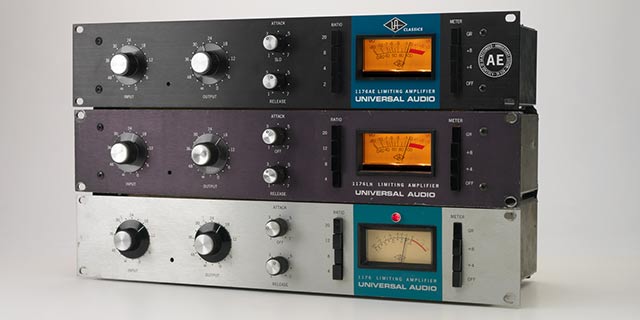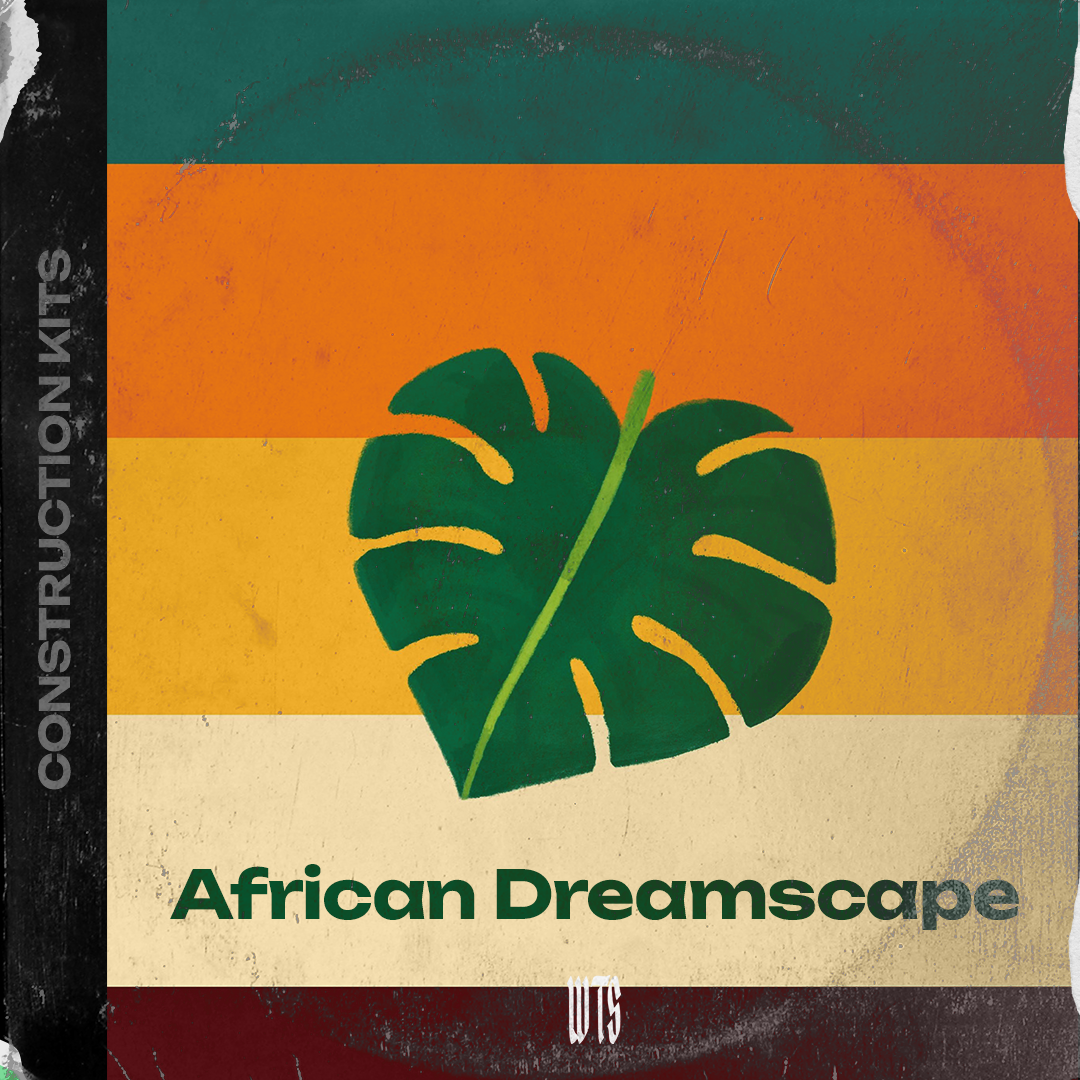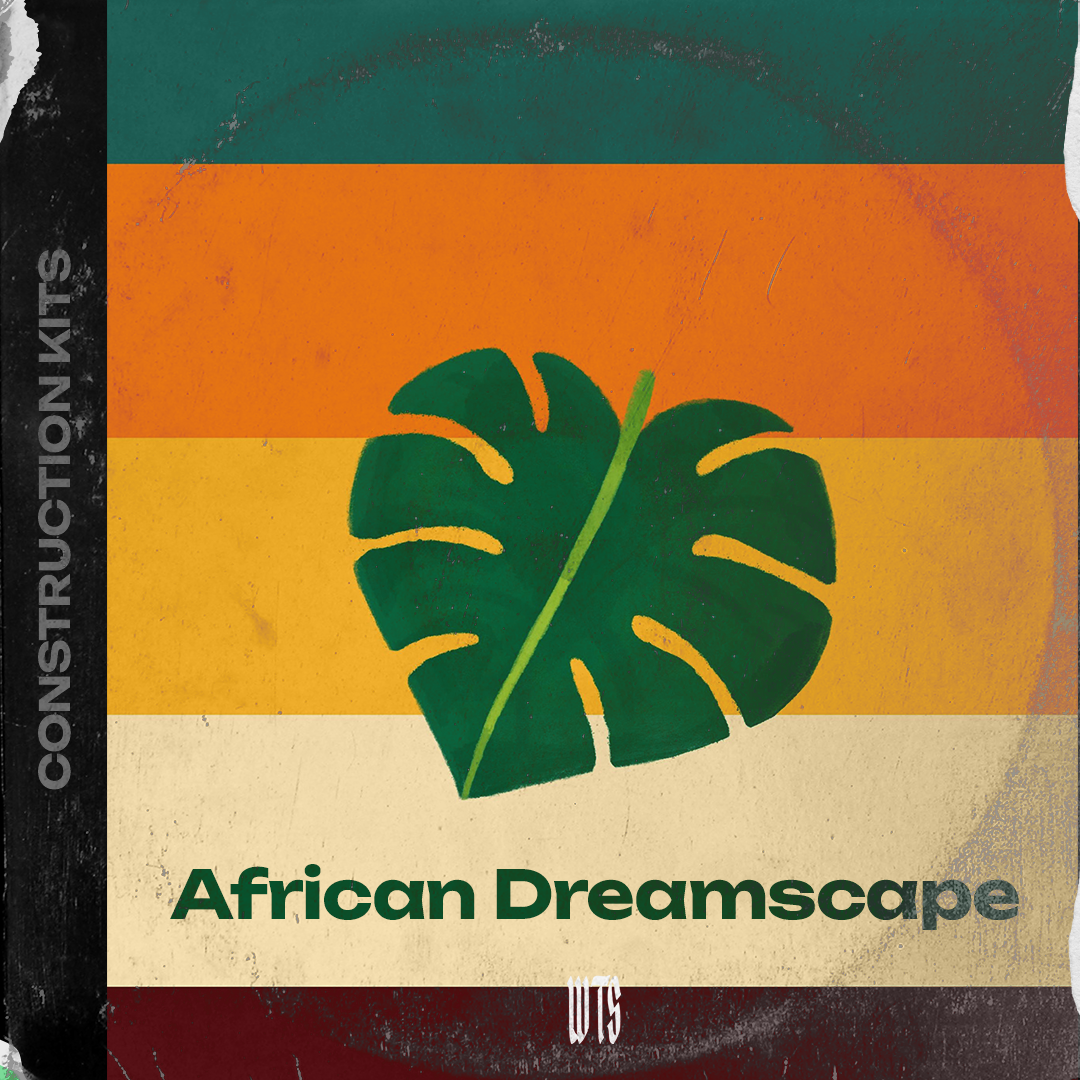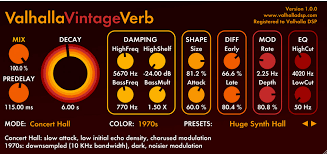
Drip Like Cactus Jack: Dialing in Travis Scott's Signature Reverb in 2025
Let's be real, folks. When you hear a Travis Scott track, you're not just hearing bars and beats. You're experiencing a vibe. And a huge part of that vibe? The reverb. That vast, otherworldly space he conjures around his vocals and synths is as much a signature as his auto-tune warble or his ad-libs that sound like they're echoing from another dimension. We're not talking about your grandma's hall reverb here. This is sonic architecture, meticulously crafted to build a sonic landscape that's both intimate and epic.
In the ever-evolving sonic tapestry of 2025, the tools have become even more potent, the possibilities even more expansive. But the core principles remain. We're going to dive deep into achieving that signature Travis Scott reverb, wielding the power of industry staples like Waves plugins and the sheer sonic gorgeousness of DSP Valhalla – and how to combine them for maximum impact.
First Things First: Understanding the "La Flame" Reverb Vibe
Before we even touch a plugin, let's dissect what makes Travis Scott's reverb so distinctive. It's not just about sheer wetness. It's a blend of:
-
Size and Depth: Think large halls, vast chambers, even abstract, non-realistic spaces. It creates a sense of grandeur and immersiveness.
-
Tailored Decay: The reverb doesn't just wash out into nothingness. It often has a pronounced tail that adds weight and sustain to the sound, lingering just the right amount to create atmosphere without muddiness.
-
Texture and Character: It's not always pristine. Sometimes there's a subtle grit, a slight modulation, a hint of early reflections that add character and prevent it from sounding sterile.
-
Creative Application: It's not just slapped on everything. It's often used strategically, on specific elements to create contrast and highlight key moments.
Wielding the Waves Arsenal: Classic Power for Modern Sounds
Waves plugins are workhorses in any studio, and they offer a fantastic foundation for achieving that Travis Scott vibe. Here are a few key players in the Waves universe:
-
Waves H-Reverb: This is a beast. H-Reverb's hybrid IR and algorithmic engine allows for incredibly deep sound shaping. Experiment with the different early reflection patterns to create the initial sense of space. Dive into the EQ and compression within the plugin to sculpt the tail and prevent muddiness. Don't be afraid to push the decay time into the longer settings – we're aiming for epic here. Think about using the "Cathedral" or "Large Hall" presets as starting points and then twisting the knobs to your liking.
-
Waves Renaissance Reverb: Don't underestimate this classic! While seemingly simpler than H-Reverb, Renaissance Reverb offers a clean and powerful sound. Its straightforward controls make it easy to dial in lush, spacious reverbs. Try experimenting with the "Plate" algorithms for a smoother, denser reverb that can sit beautifully behind vocals.
-
Waves TrueVerb: For adding a touch of classic, slightly grittier reverb, TrueVerb is your friend. It has a unique character that can add subtle warmth and texture, preventing the reverb from sounding too sterile. Experiment with the different room and hall sizes and play with the diffusion control to shape the tail.
Entering the Valhalla: The Sound of Sonic Dreams
DSP Valhalla plugins have garnered a cult following for a reason – they sound absolutely gorgeous. They excel at creating big, ethereal, and often otherworldly reverb sounds that are perfect for capturing that Travis Scott magic.
-
ValhallaShimmer: This is where things get really interesting. Shimmer is renowned for its pitch-shifted reverb tails. This creates that characteristic "shimmering" effect, adding an angelic or futuristic quality to the sound. It's a key ingredient in many modern vocal sounds, and when used subtly, can add a magical touch to your Travis Scott-inspired reverb. Experiment with the different octave shifts and feedback settings to find the sweet spot.
-
ValhallaRoom: A workhorse reverb with a focus on creating realistic and hyper-realistic spaces. ValhallaRoom is incredibly versatile, capable of everything from tight rooms to vast, echoing chambers. Its intuitive interface and powerful controls allow for precise shaping of the reverb tail, diffusion, and modulation. This is a great option for creating a solid, foundational reverb that you can then layer with other effects.
-
ValhallaVintageVerb: If you're looking for those classic digital reverb sounds with a touch of character, VintageVerb is your go-to. It models the sound of legendary hardware reverbs from the 70s and 80s, offering a range of lush and sometimes slightly grainy textures that can add a unique flavor to your sound. Explore the different color modes for varying sonic characteristics.
Putting it All Together: The Secret Sauce
Achieving that perfect Travis Scott reverb often involves layering and strategic application. Here are some pro tips:
-
Vocal Stacking and Reverb Buses: Instead of applying heavy reverb directly to the lead vocal, try using a dedicated reverb bus. Send multiple vocal layers (lead, doubles, ad-libs) to this bus. This creates a more cohesive and unified reverb sound.
-
Pre-Delay is Your Friend: A healthy amount of pre-delay (the time before the reverb starts) can help separate the dry signal from the wet signal, making the vocals clearer while still retaining the spaciousness of the reverb.
-
EQ is Key: Don't just slap on reverb and call it a day. Use EQ before and after the reverb plugin. Cutting low frequencies before the reverb prevents muddiness, while EQing the reverb tail can sculpt its character and prevent it from clashing with other elements in the mix.
-
Experiment with Modulation: Subtle chorus or flanger on the reverb return can add movement and interest to the tail.
-
Automation is Your Weapon: Don't be afraid to automate reverb parameters – decay time, wet/dry mix – to create dynamic shifts and build tension within your tracks.
-
Less is Often More (Sometimes): While Travis Scott's reverb can be big, it's also carefully controlled. Learn when to pull back and let other elements breathe.
Fuel Your Sonic Experiments: Dive into the World of Sounds at wethesound.io
Now that you've got the reverb know-how, you need the sonic building blocks to create your own fire tracks. At wethesound.io, we're dedicated to providing you with the highest quality samples and loops to ignite your creativity. From hard-hitting drums and soaring synths to intricate melodic loops, we've got everything you need to craft your next hit. Start experimenting, blend these reverb techniques with our killer sounds, and unleash your inner sonic architect. The future of sound is in your hands (and your plugins!).
In Conclusion:
Achieving that iconic Travis Scott reverb is a journey of experimentation and sonic exploration. By understanding the key characteristics of his sound and leveraging the power of plugins like Waves H-Reverb, Renaissance Reverb, TrueVerb, and the ethereal magic of ValhallaShimmer, ValhallaRoom, and ValhallaVintageVerb, you can craft your own signature reverb textures. Remember, it's not just about copying; it's about understanding the principles and applying them creatively to forge your own unique sonic identity. Now go forth and make some noise!
